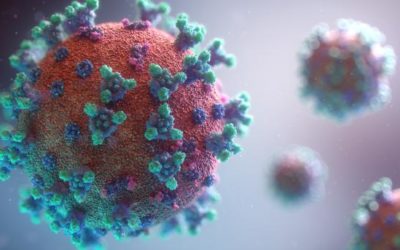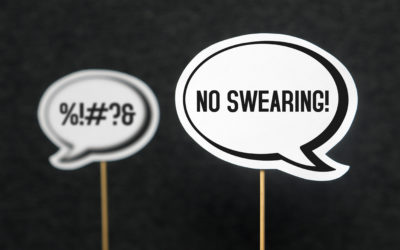Quick Hits
Daily brief research updates from the cognitive sciences

I have reported previously on the negative impact of pollution on all things the brain – but most of these studies have focused on cognitive ability – with worrying consequences with one showing measurable differences 60 year later. Yup you read that correctly.
This study, just published, by the Barcelona Institute for Global Health gives us more worrying news. They analysed exposure to pollution in the womb and in the first 8.5 years of life of 3’515 children.
Air pollution exposure was estimated based on their living location during pregnancy and their first 8.5 years of life. The children then had their brains scanned between the ages pf 9 and 12.
What did they find?
They found that there was a change in what is known as white matter microstructure. White matter generally refers to the connections between different regions of the brain. This suggests a change in connectivity.
What the also found was a change in an area known as the Putamen – this is an important hub sitting deep in the brain and is involved in many functions including motor movement. It is also associated with various psychiatric disorders. In fact, it was found that the greater to exposure to fine particle matter the greater the decrease in size of the Putamen. Worrying indeed.
What was more surprising is that in many of these cases the exposure was below EU recommended levels – the EU has pretty strict guidelines for pollution showing that even modest level so pollution can have measurable impacts on brain structure – negatively that is.
So, if you’re already an adult, as I imagine you will be. Not much you can do. But you can be careful with your own children, or grandchildren.

Andy Habermacher
Andy is author of leading brains Review, Neuroleadership, and multiple other books. He has been intensively involved in writing and research into neuroleadership and is considered one of Europe’s leading experts. He is also a well-known public speaker, speaking on the brain and human behaviour.
Andy is also a masters athlete (middle distance running) and competes regularly at international competitions (and holds a few national records in his age category).
References
Anne-Claire Binter, Michelle S.W. Kusters, Michiel A. van den Dries, Lucia Alonso, Małgorzata J. Lubczyńska, Gerard Hoek, Tonya White, Carmen Iñiguez, Henning Tiemeier, Mònica Guxens.
Air pollution, white matter microstructure, and brain volumes: Periods of susceptibility from pregnancy to preadolescence.
Environmental Pollution, 2022; 120109
DOI: 10.1016/j.envpol.2022.120109
More Quick Hits
COVID on the Brain
Many COVID-19 patients have reported various neurological symptoms – the well-known brain fog, but also headaches and decreased cognitive function over months and extended periods of time. This even without serious infection or hospitalization. The research seems to...
Life satisfaction after work related to personality traits
As many of you know I have done plenty of work into personality and so found this study interesting. Dusanee Kesavayuth of Kasetsart University in Bangkok, Thailand analysed data from 2,000 adults aged between 50 and 75 in the British Household Panel Survey and found...
Unique regulation of brain in yoga practitioners
Quick HitsDaily brief research updates from the cognitive sciences es, you yoga practitioners knew you were special and here is the science to prove it! In this older study I came across (2018) participants were recruited to see how they dealt with...
Neurodivergence and the lonely brain
Quick HitsDaily brief research updates from the cognitive sciences eurodivergence is term that describes those that are not “neurotypical” such as those with autism and ADHD. In the surge of research into loneliness spurred by the pandemic it has...
Art Engages the Social brain
Quick HitsDaily brief research updates from the cognitive sciences reported in last week’s Quick Hits on how engaging in the arts has a relationship with self-control and avoidance of disagreeable and criminal behaviour and that is why this...
Swearing can increase strength, self-confidence, and risky behaviour
Quick HitsDaily brief research updates from the cognitive sciences wearing is frowned upon in many circumstances but is also used by many people in casual situations and particularly by comedians. So why do we swear if it is taboo? A team of...






